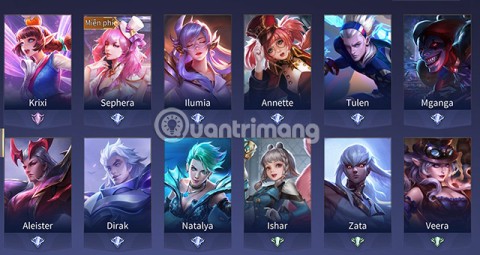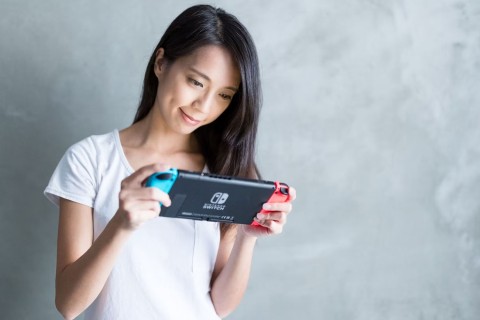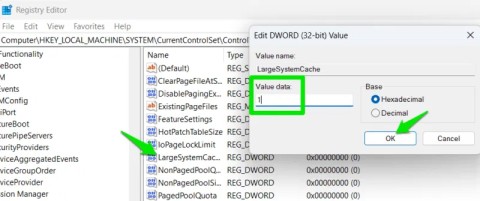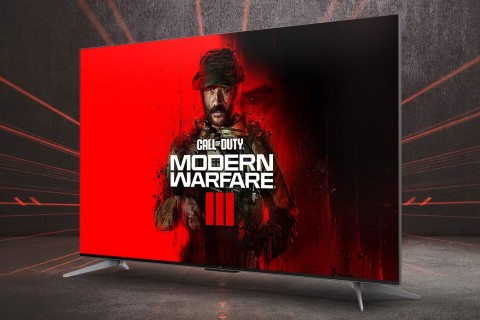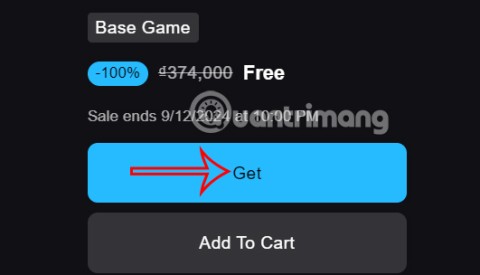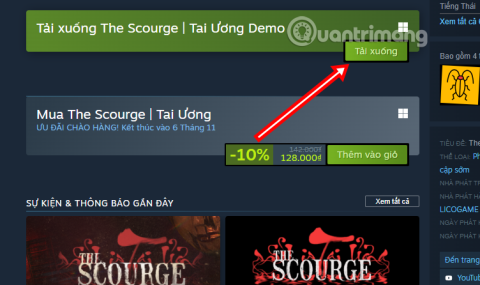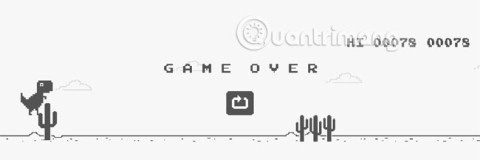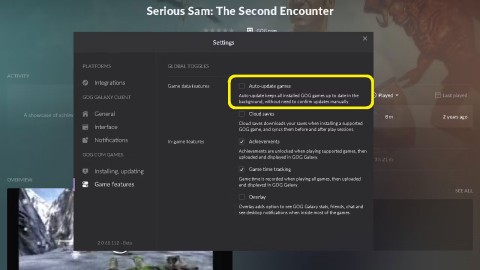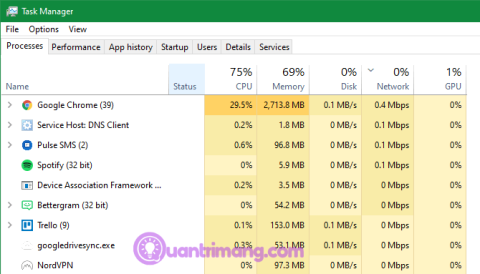Edraw Mind Map is one of the most used free mind mapping programs available today. With this tool, you can create, store and share your mind maps easily and without any problems.
Download Edraw Mind Map
When you launch the program, you will be familiar with the typical Edraw environment, including the library window on the left and the drawing board at the rest. Besides, on the ribbon, you will see a new Mind Map menu. The following article will show you how to use mind maps by adding key topics, subtopics, and relationships to create a basic mind map.
1. The main shapes to create mind maps
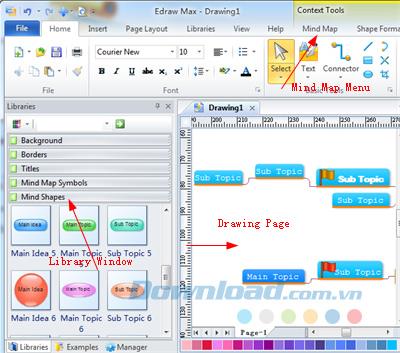
There are 5 main types of shapes in the Mind Shapes library
- Main idea - Main idea or main title of a mindstorming map or diagram.
- Main subject - The main subject or main issue that makes up the idea or title.
- Sub topic - Details or steps on a topic.
- Relationship - Illustrate a special relationship between two main topics or two subtopics in your mind map, using an Asociation line that appears as a dashed line between related topics.
- Note: Additional information for a specific topic or relationship.
Every type of Mind Shape includes a number of different style shapes.
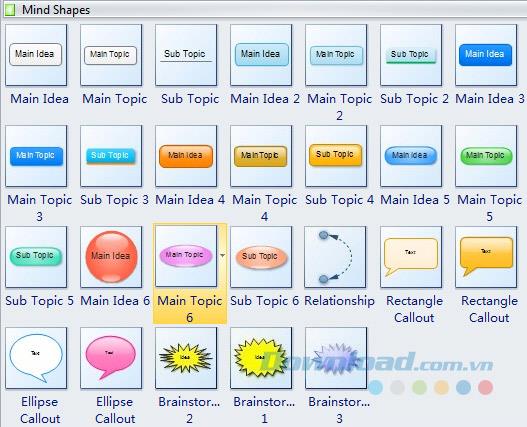
2. Add the shape of a mind map with Smart Guides
To get started, drag a main idea icon ( Main Idea ) out of the drawing page. You can enter text in that icon. A page has only one main idea.
From the Mind Shapes library , you drag the main topic shape ( Main Topic ) out of the drawing page. The Smart Guide will display as the following illustration:

Release the mouse, Edraw will automatically create the connection according to the settings. Double click to enter the text you want to represent the main topic.
Add a subtopic and drag the shape subtopics ( subtopic shape ) on the page. With the main theme shape selected, enter a name for it.
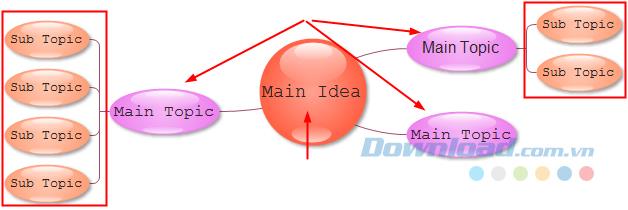
3. Add the shape of a mind map using the Mind Map menu

Insert topic - Insert Topic
- If a topic is already selected, the Insert Topic tool will add a similar level topic.
- If a sub-topic is already selected, the Insert Tool will add a similar sub-level topic.
- If no topic is selected, the Insert Tool adds a main topic.
Insert subtopic - Insert Subtopic
- If a topic is already selected, the Insert Subtopic tool will add a sub topic for the selected topic.
- If no subtopics are selected, the Insert Subtopic tool will add a new main thread.
Insert relationship
The Insert Relationship tool illustrates a special relationship between two main topics or two subtopics in your mind map, using links that appear as a dashed line between related topics. Quan.
- On the Mind Map menu , click Insert Relationship .
- The mouse pointer changes to a relationship pointer.
- You move the cursor near a topic. The connection points will appear on a shape.
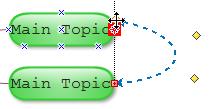
- Point the cursor to any connection point of the thread. The connection point will be highlighted in red.
- To stick the endpoint of the connection to an endpoint on a thread, drag the endpoint to the endpoint of the shape until a red box appears around the endpoint.
4. Type of connection between topics
Themes automatically connect when you drag them from the Mind Shapes library . Therefore, you only need to understand how to change the connection type in Edraw. You can set up your connection type with one of the following options: Straight Line, Arc, Curved, Elbow or Rounded-Angle Line . Each type convey a different tone. For example, the straight connection type is the best option to display a "rigid", structured, technical, or formal diagram. Curves, or angled curves, work best for an informal or non-technical diagram.
To change the connection type, do the following:
- In the Mind Map menu , click Connection Style .
- In the popup menu, choose Line, Curved, Arc, Elbow or Round .
5. Direction of arrangement - Arrangemet Direction
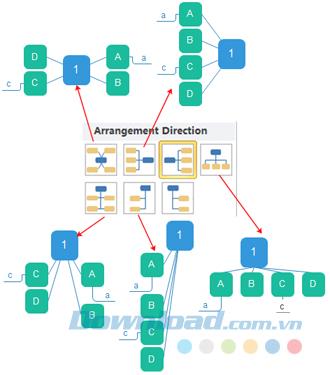
The Arrangemet Direction affects the layout of main and subtopic topics. To change the arrangement, you need to choose a main topic or a sub topic. Then click the Arrangement Direction button . In the menu, there are several types of directional arrangements, click on the desired option.
